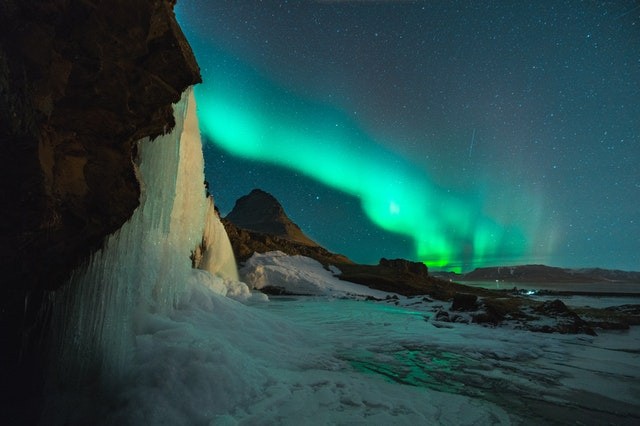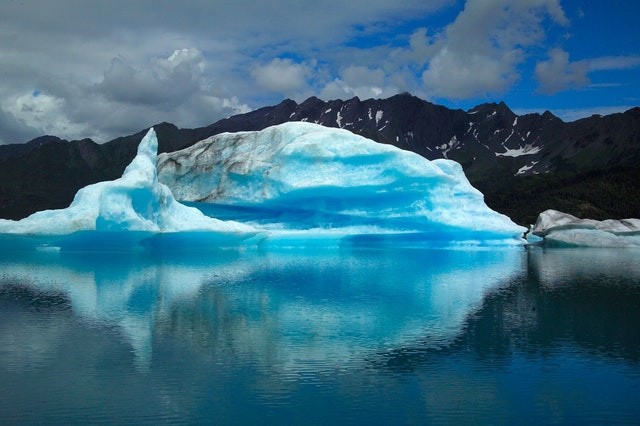Scientists, during their research, found strange animals while drilling through an Antarctic Ice shelf to sample sediment. Nothing comes easy at the campsite in the middle of the Filchner-Ronne Ice Shelf which is a five-hour flight from the nearest Antarctic station.
James Smith, geologist of the British Antarctic survey had to endure nearly three months of freezing temperatures, eating moist food, and sleeping in a tent even though it was the southern summer. The science itself was annoying: To investigate the history of the Floating shelf, Smith had to take a sample of seafloor sediment locked under a half-mile of ice.

James Smith and His Co-workers
To reach the seafloor sediment, James Smith and his co-workers melted 20 tons of snow to discover 20,000 liters of hot water, which they pumped through a pipe recessed down a borehole. To finally pierce through the shelf, they spent 20 hours melting through the ice inch by inch. Then, they transported an instrument to collect sample of the sediment, coupled with a GoPro camera but it came back empty.
Smith and colleagues tried it again but still, it came back empty. And each round of the instrument took an hour. Later in the night, Smith watched the footage of what they've been working on and he saw a visible problem.
The video shows 3000 feet of blue-green ice, which unexpectedly closes out, and later opens up into dark seawater. The GoPro camera strands another 1600 feet until the seafloor finally shows up. It was dark, but Smith was after mostly light-coloured sediment. The camera hit it with a thud and it turned out to be a rock. The camera scans it, showing something that the geologists haven't seen or been after at all. As a matter of fact, it was something unbelievable:

The Wrong And The Right Place
It is a wrong place for collecting seafloor sediment, but the right place for finding life in an environment that didn't seem to support much of it. A colleague of Smith, Huw Graffiths of the British Antarctic survey watched the video and noticed a layer of bacteria known as a microbial mat.
The rock that Smith had accidentally encountered is the nearest edge of the shelf where the ice ends and the open ocean starts. Huw Griffiths, lead author of the new research says "It's not the most exciting-looking rock-if you don't know where it is," as published in the Frontiers in Marine Science journal.
We can say these animals are living in total darkness which is okay. But animals that exist on the deep seafloor must have a steady supply of food. Griffiths and his colleagues don't have specimens, so they can't predict how old these animals are. The researchers can't also say if the rock is an aberration but the rock was seeded with life long ago.
RELATED ARTICLE: For more news, update about animal creatures and similar topics, don't forget to follow Nature World News!
Oldest Ice
© 2025 NatureWorldNews.com All rights reserved. Do not reproduce without permission.





